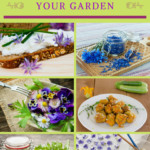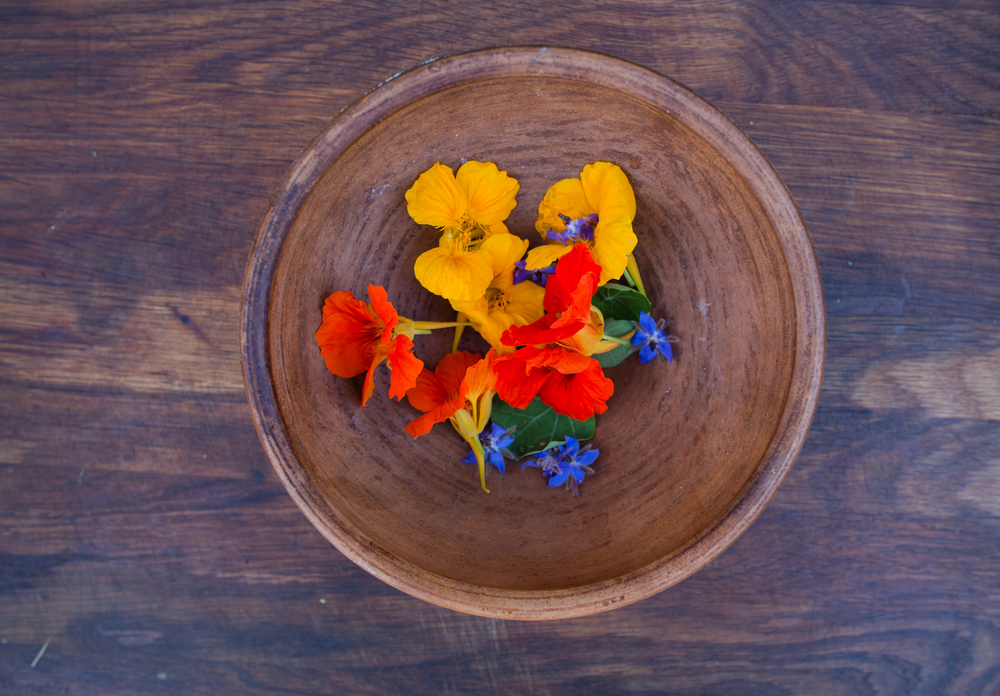
When we think about growing food in our gardens, we generally think about fruits, vegetables and herbs.
But flowers are not only for ornament, or for the bees and other wildlife – they can be delicious, while also being packed full of vitamins and minerals, too.
There are many traditional edible crops that can be ornamental, and also far more edible ornamentals than you might think.
In this article you will learn a little bit about 30 of the edible flowers that you can eat right out of your garden – just some of the most popular edible flowers that you might find there.
Word to the wise – never eat anything unless you can be absolutely sure that you have identified it correctly.
And always make sure that you take the time to carefully explain to children about which things they can eat in your garden, and which they should be sure not to touch.
Bearing that in mind, it is usually pretty easy and straightforward to begin eating flowers from your garden. The list of edible flowers below should give you a good place to get started:
Ornamental Edible Flowers
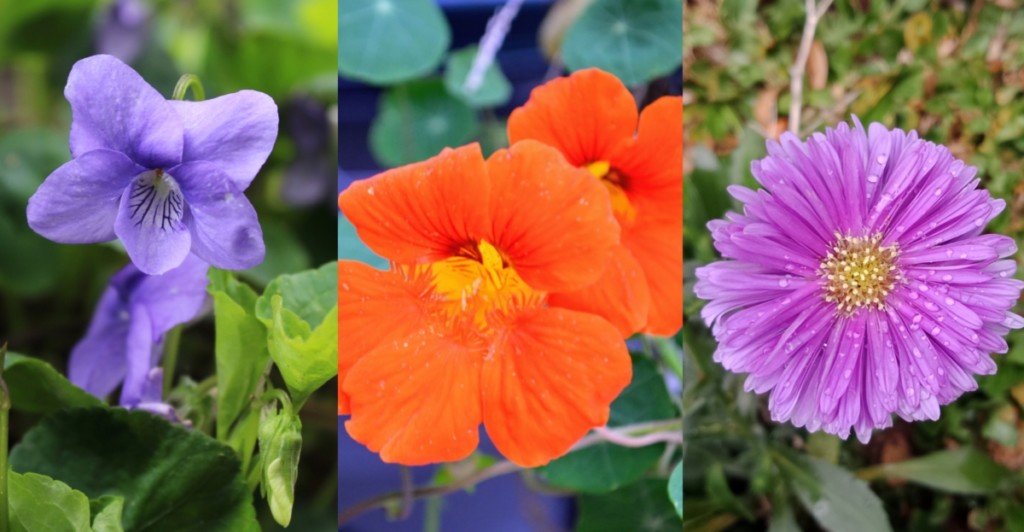
We tend to grow all these flowers as ornamental plants. But they can also find their place on our plates.
In this (far from comprehensive) list, you will discover just how many of the plants we commonly grow in our garden for their appearance also taste great.
1. Nasturtiums
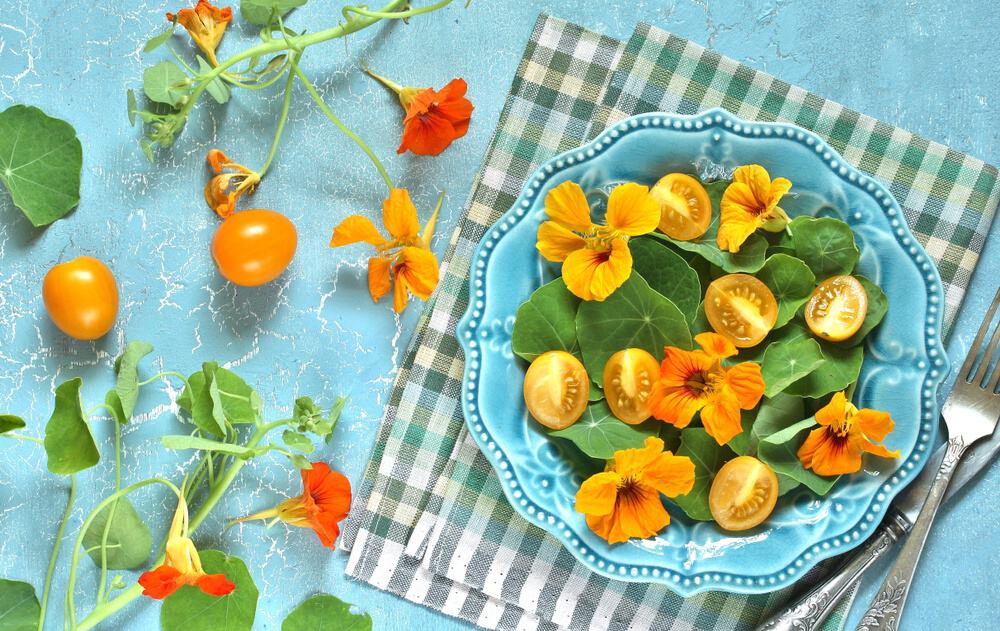
Nasturtiums have a delicious, peppery taste similar to rocket or watercress and their colourful blooms look great in a summer salad.
Both the flowers and the leaves can be used and have a similar taste. You can also use the seeds, pickled, as a caper substitute.
For recipe ideas take a look at 5 Reasons To Grow Nasturtiums & 10 Delicious Nasturtium Recipes.
2. Pansies
Pansies have a mild lettuce-like taste that makes them a popular option for salads.
Of course, they come in a range of hues which look great on the plate and the whole flower can be used, which makes harvesting super easy.
3. Viola/ Violets
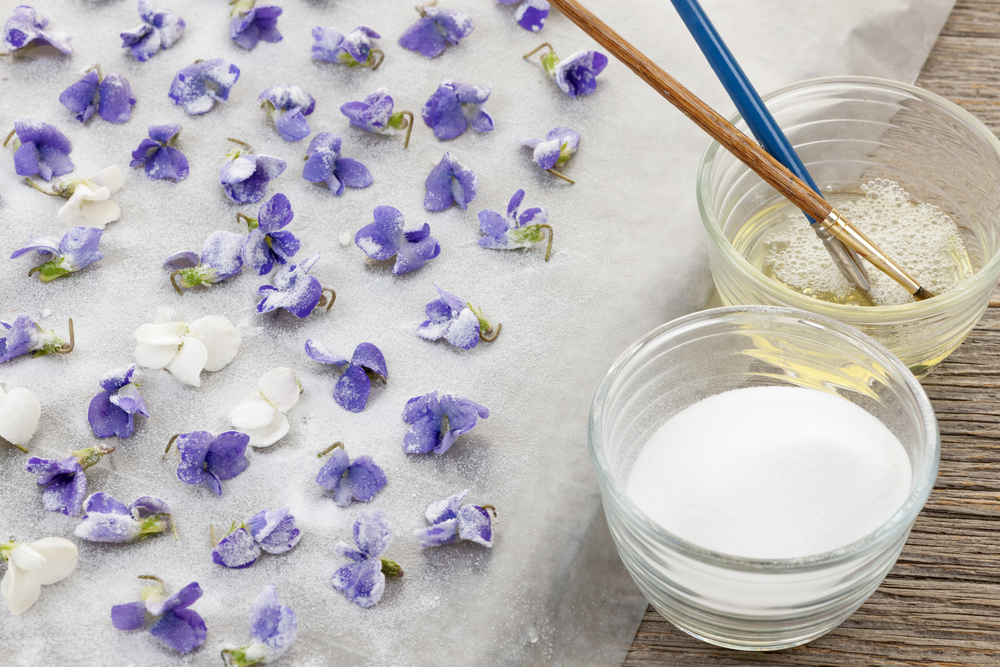
Like pansies, violas and violets have a mild and slightly sweet flavour. Again, the whole flower can be used in salads or sandwiches.
Candied violets also make an excellent cake decoration.
4. Hostas
Hostas are an incredibly useful edible ornamental. You can eat the flowers and, in fact, the whole plant is edible.
Try the stolons in a stir fry in spring, or leaves along with the flowers in a range of raw or cooked recipes.
Here’s our guide to growing – and eating – hostas.
5. Borage
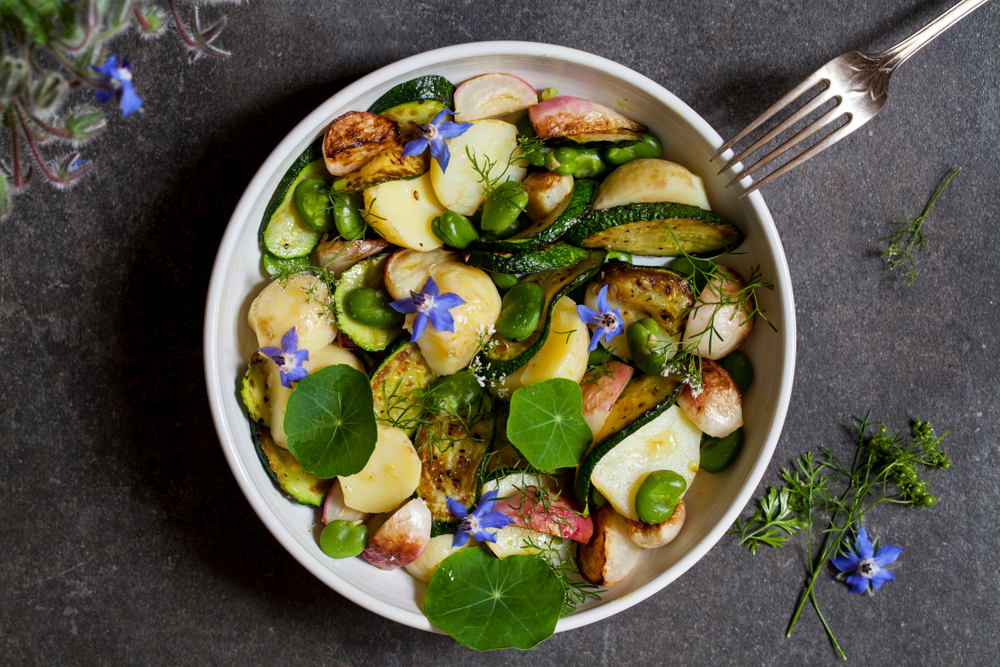
Borage’s pretty blue flowers have a cucumber like taste. They are wonderful for use in summer drinks, and in a range of salads or other recipes.
One cool idea is to freeze borage flowers into ice cubes that can be slipped into your summer drinks.
6. Calendula
The peppery petals of calendula are a fantastic addition to salads, stir fries, pasta meals etc..
Their zesty tang adds piquancy and their colour adds vibrancy to a range of dishes. The petals can be used as an alternative to saffron.
For more recipe ideas take a look at 10 Reasons To Grow Calendula and 15 Calendula Recipes
7. French Marigolds
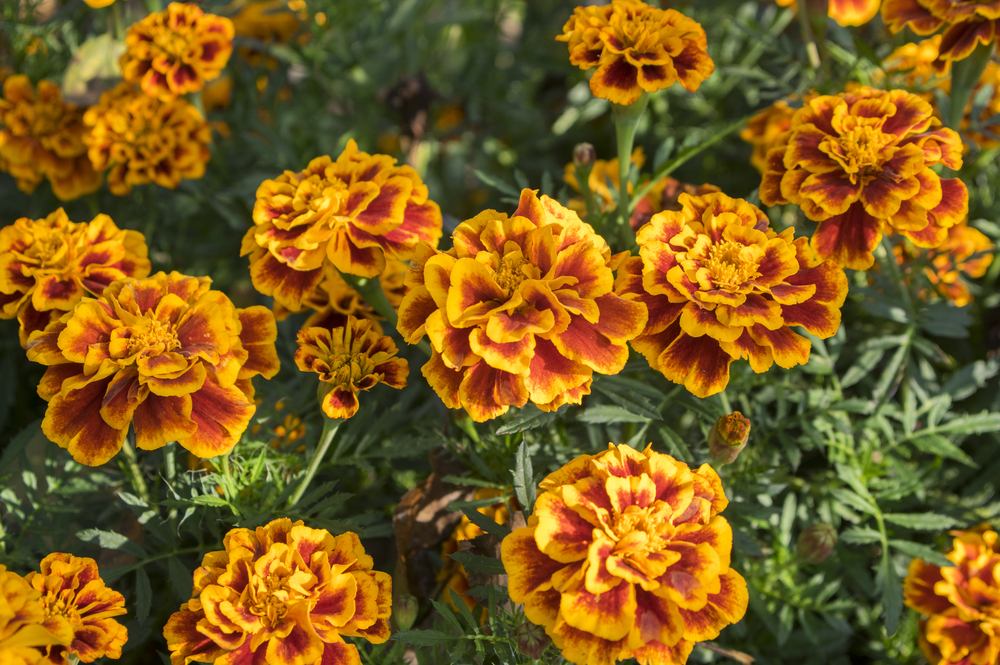
Fresh, zingy and citrus-like, the petals of French (though not African) marigolds are edible, and are another great, colourful addition to summer salads.
The petals can also be used in cooked dishes and are also sometimes referred to as ‘poor man’s saffron’.
You’ll also want to grow French marigolds in your vegetable garden this year. There are a lot of benefits to doing so.
8. Chrysanthemums
All chrysanthemum flowers can be eaten,though they can differ considerably in how they taste. Some are hot and peppery, some much milder, and some even sweet.
You may have to take a nibble of a few different varietals to find out which ones you enjoy.
9. Carnations
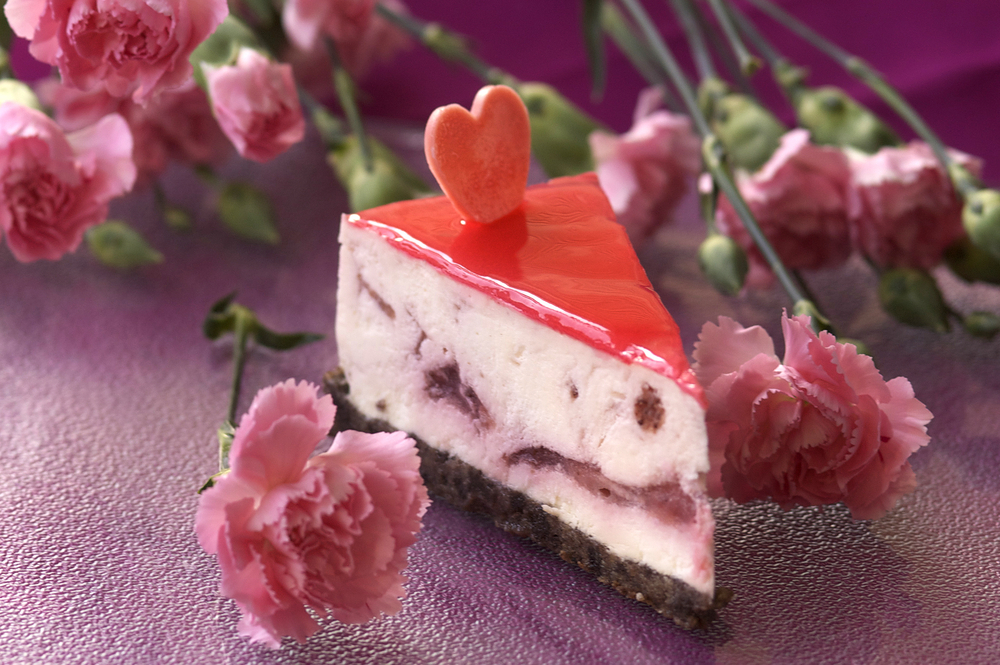
Carnations taste a little peppery, or somewhat like cloves. They can be used in savoury salads like many of the above options, but also in sweet desserts. One great recipe calls for carnations to make a delicious cheesecake, for example.
10. Hollyhocks
The blowsy blooms of the hollyhock are one of the versatile edible flowers with a mild and slightly sweet taste.
They can be used as garnishes, in salad dressings, or in a variety of other dishes.
Hollyhocks are in the mallow family – and a number of other members of this family also have edible leaves and flowers.
11. Sunflowers
You may be familiar with the fact that you can eat a sunflower’s seeds.
But you may not be aware that you can also eat the petals, and the unopened flower buds can be steamed in the same way as an artichoke.
12. Cornflowers
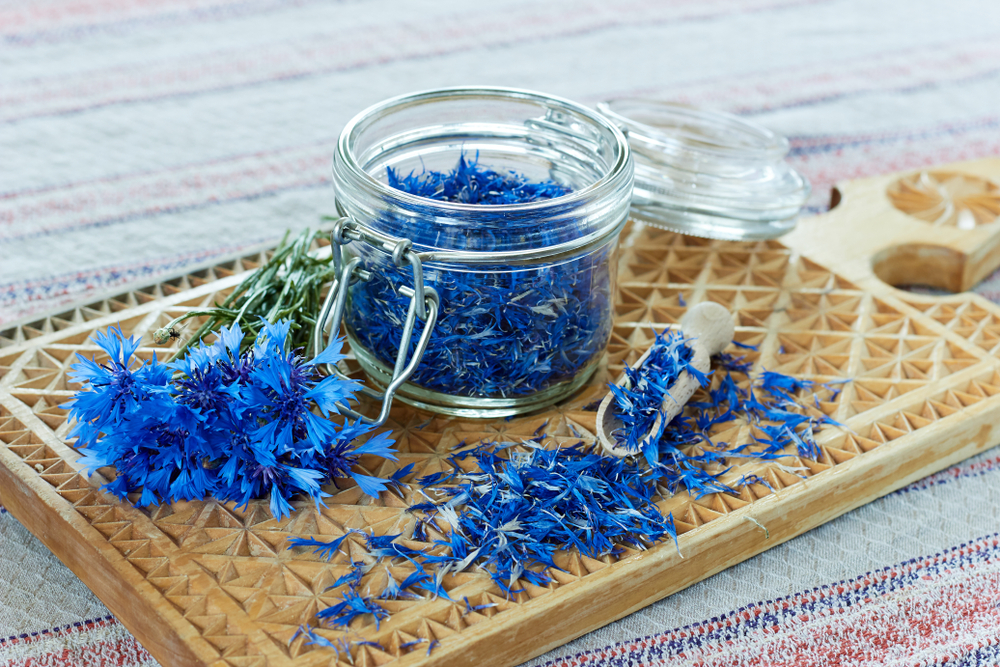
Cornflowers have a slightly sweet and spicy clove-like taste. They also crystallize well and so can also be used candied, like violets, for cupcake toppers or the like.
13. Gladioli
Gladioli in their colourful hues can be stuffed to create delicious dishes. The individual flower petals can also be eaten alone, and have a mild lettuce-like taste.
14. Honeysuckle
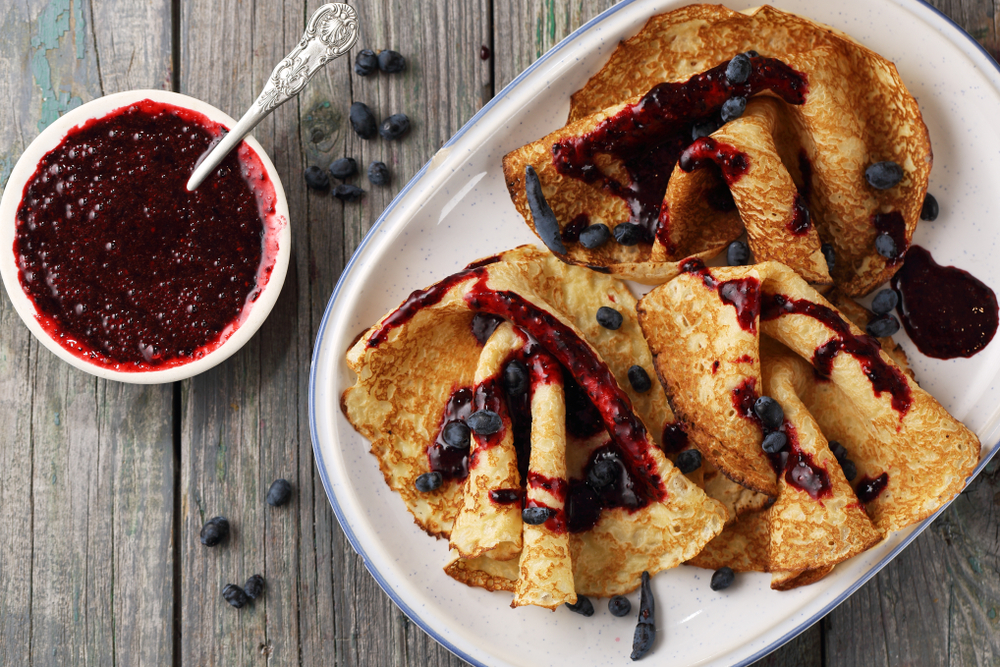
Honeysuckle blossoms bring a fragrant sweetness to jams, jellies, cakes and other sweet treats.
As the name suggests, they do have a somewhat honey-like taste to them.
15. Dianthus
Dianthus,or pinks, petals can be steeped in wine or sugared for use in cake decoration. These petals are surprisingly sweet as long as they are cut away from bitter white base of the flowers.
16. Antirrhinum
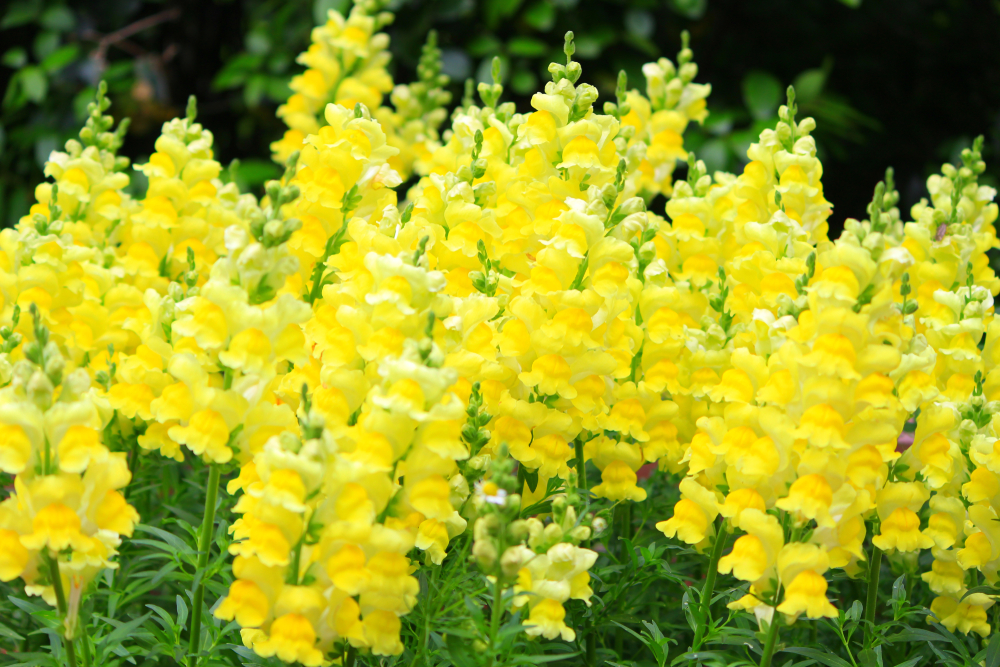
Snapdragons, or antirrhinum flowers have a slightly bitter flavour that resembles that of chicory.
It can be used in a range of recipes and its snapping dragon shape means that it can look cool on the rim of a bowl or cocktail glass.
17. Tulips
Large, smooth tulip petals make wonderful little platters for sweet canapés, or as little scoops for some ice cream or another dessert.
They have a sweet lettuce flavour but with a slight peppery aftertaste and can also be used in spring salads.
18. Roses
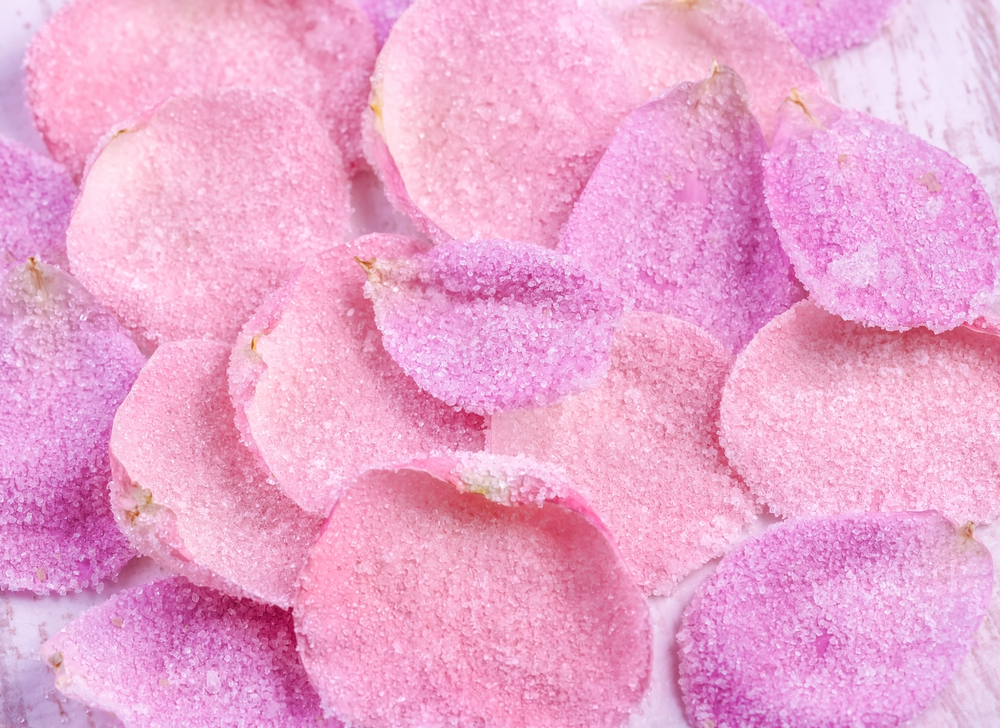
Roses are often used in Middle Eastern dishes in the form of rose water which adds intense rose flavour to a dish. But the petals can also simply be used as garnishes or additions to a range of recipes.
19. Lavender
Lavender does not just smell great, it can also provide a mildly sweet (though strong) flavour to a range of sweet baked goods, ice creams and other recipes.
Just be sure to add lavender in moderation, as the flavour really is intense.
Edible Flowers From Fruits & Vegetables:
Another place to look for edible flowers in your garden is in your vegetable patch. We might primarily grow these crops for another part of the plant – but their flowers can also taste great.
Eating these flowers can increase the yield from your kitchen garden a little, and help you make sure that you make the most of everything you grow:
20. Pea Flowers
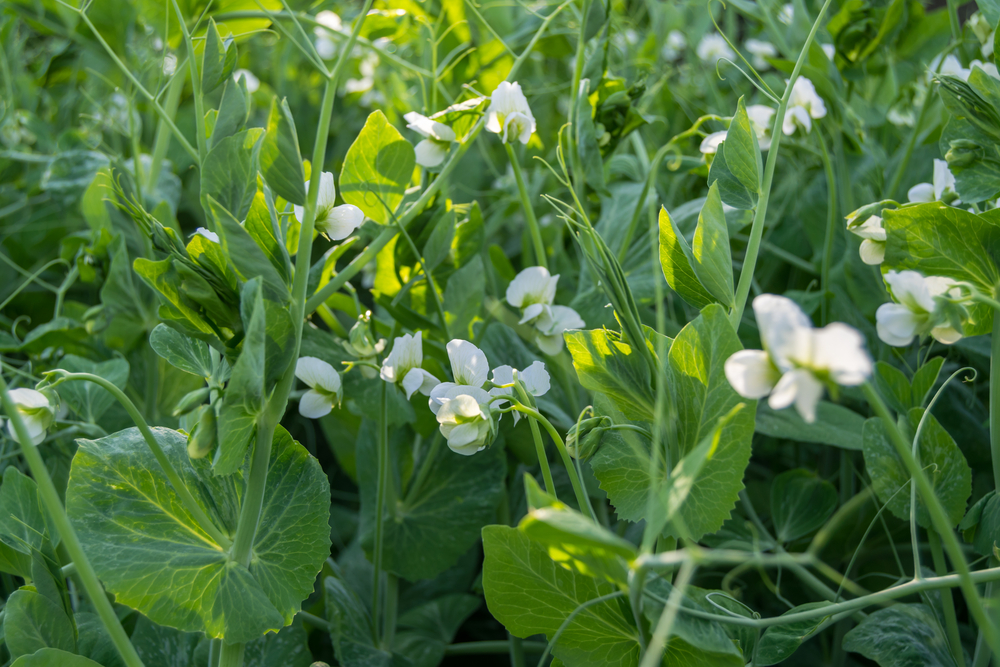
If you can spare a few flowers (rather than letting them become pea pods) then these can make a dainty, delicious addition to a salad.
Like the peas, pods and shoots, the flowers on pea plants have a mild pea flavour.
21. Broad Bean Flowers
Broad bean flowers could also be sacrificed in order to add a little delicacy and a mild bean flavour to salads or sandwiches.
22. Onion/ Chive Flowers
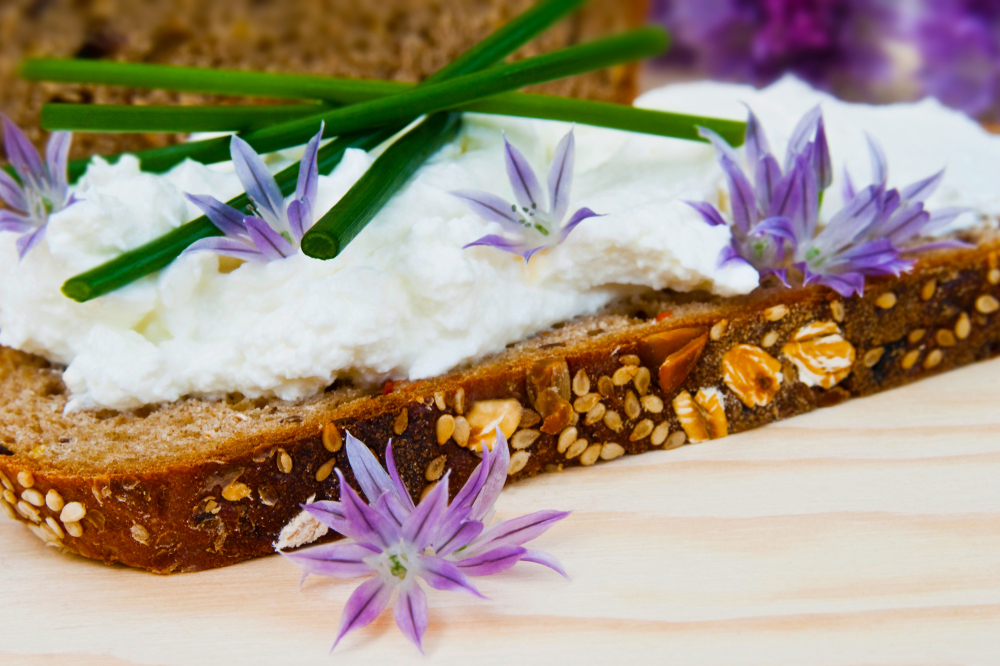
Though alliums are primarily grown for their bulbs or stems, the flowers of onions, chives and other members of this family are also delicious – with a mild flavour that works well (often alongside the other parts of the plants) in a range of recipes.
23. Brassica Flower Heads
When brassicas bolt and begin to flower, many gardens consider that their crops are over and done. But the tender young flowering stalks of kale, cabbages and other brassicas can be delicious in a stir fry or another recipe.
24. Pak Choi Flowers
The flowering shoots of pak choi and many other Asian greens can also be a delicious addition to stir fries and salads.
25. Squash Flowers
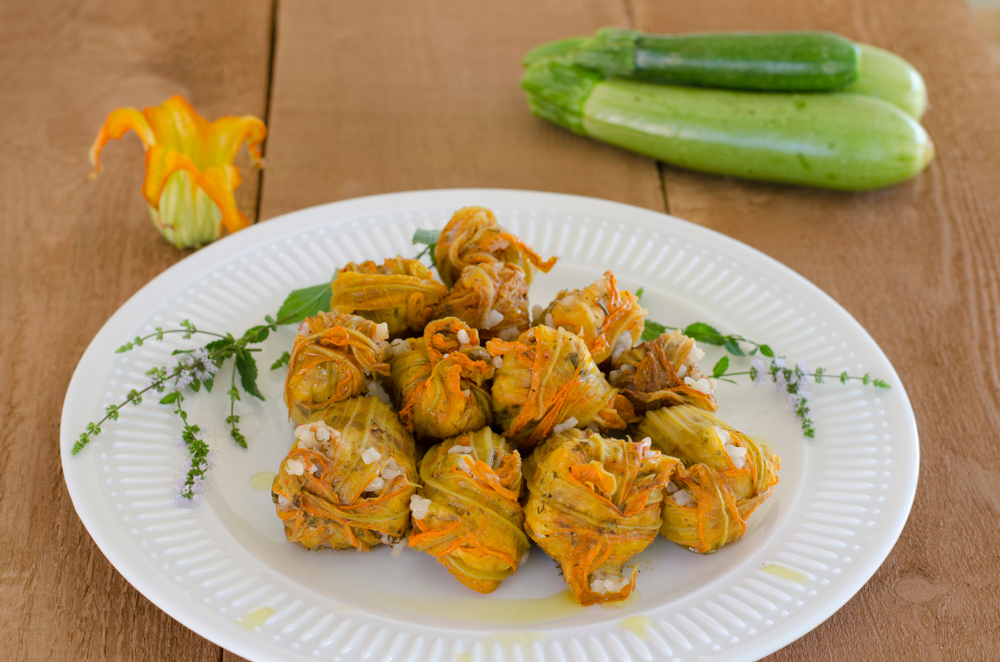
The male flowers that you remove from your squash after pollination can also serve as a secondary yield from these plants.
Squash flowers are a delicacy which can be stuffed to create a range of delicious canapés and meals.
In addition to considering the flowers on fruits and vegetables in your kitchen garden, you might also consider eating edible flowers found on fruiting trees or shrubs.
One of the most common examples of edible blossom is the elderflower, which can be used in a wide range of drinks and dishes. For example, it is often used to make elderflower cordial, or elderflower ‘champagne’.
Cherry blossom is another example of an edible flower on a fruiting tree. It is often an ingredient in Japanese cuisine.
The blossoms are sometimes pickled in salt and vinegar, and used in traditional confectioneries.
The blossom from plum trees, peach trees, citrus trees, almond trees and apple trees (in moderation) are also sometimes all eaten, though they are most usually simply used as garnish or decoration.
Edible Flowers Usually Considered To Be Weeds:
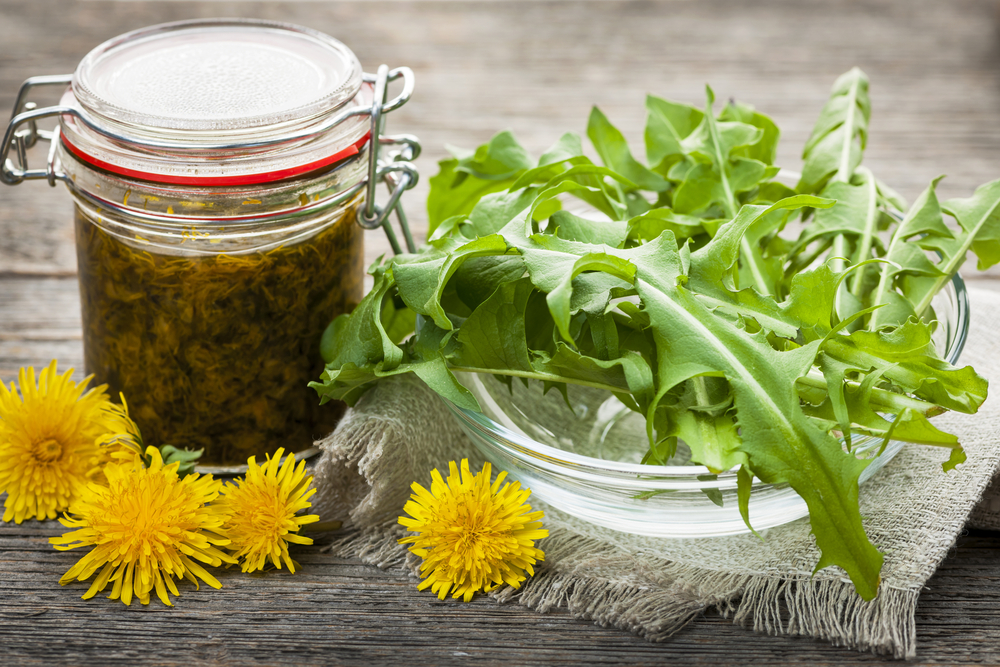
Finally, when looking for edible flowers in your garden, it is also worthwhile looking at the weeds – some of their blooms are edible too.
It is always a good idea to allow some garden ‘weeds’ to grow in your garden – not only for the wildlife, but also for you. Examples of edible flowers usually considered to be weeds include:
26. Dandelions
Dandelions are a common garden plant, often considered a to be a weed. But they can be very useful, not only to wildlife but also as an edible plant.
Dandelion leaves and the green ends of the flowers are bitter, while the petals and stamen have a mildly sweet taste.
Flower buds or flowers can be fried or turned into sweet or savoury fritters, and the brightly coloured flowers can also be turned into wine or jellies. Here are many more things you can do with dandelion flowers.
27. Daisies
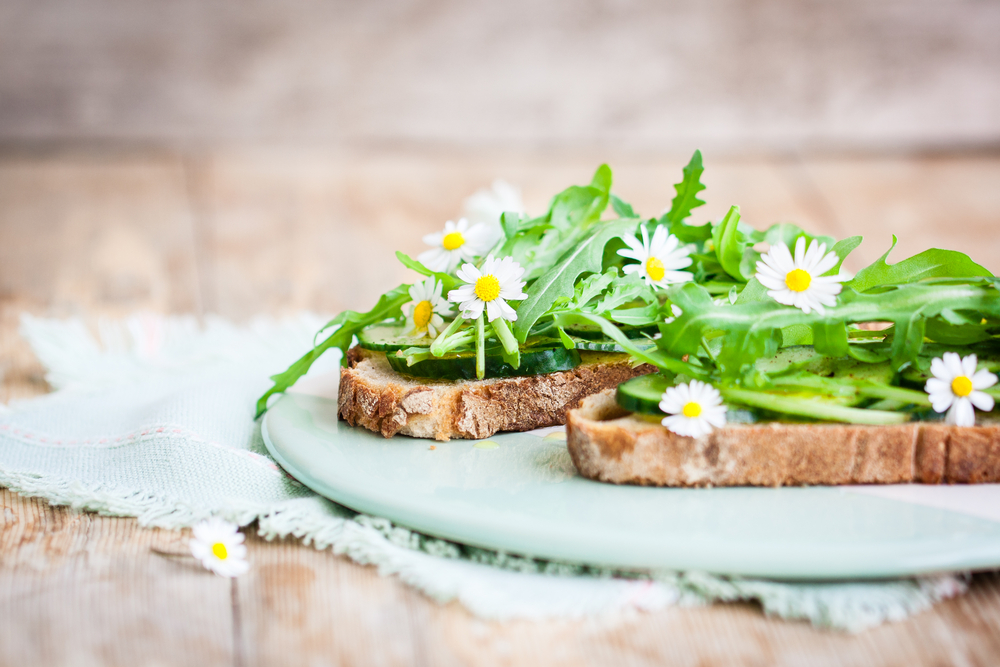
The little daisies that you might find all over your lawn are often overlooked as an edible food source. But the little flowers can also be eaten in salads or sandwiches.
Flower buds can also be pickled as an alternative to capers.
28. Chamomile Flowers
Another flower that you might find plant in your lawn is chamomile. The flowers are often used to make a calming and relaxing tea. But why stop there, there are so many great things you can make with chamomile.
29. Red & White Clover Flowers
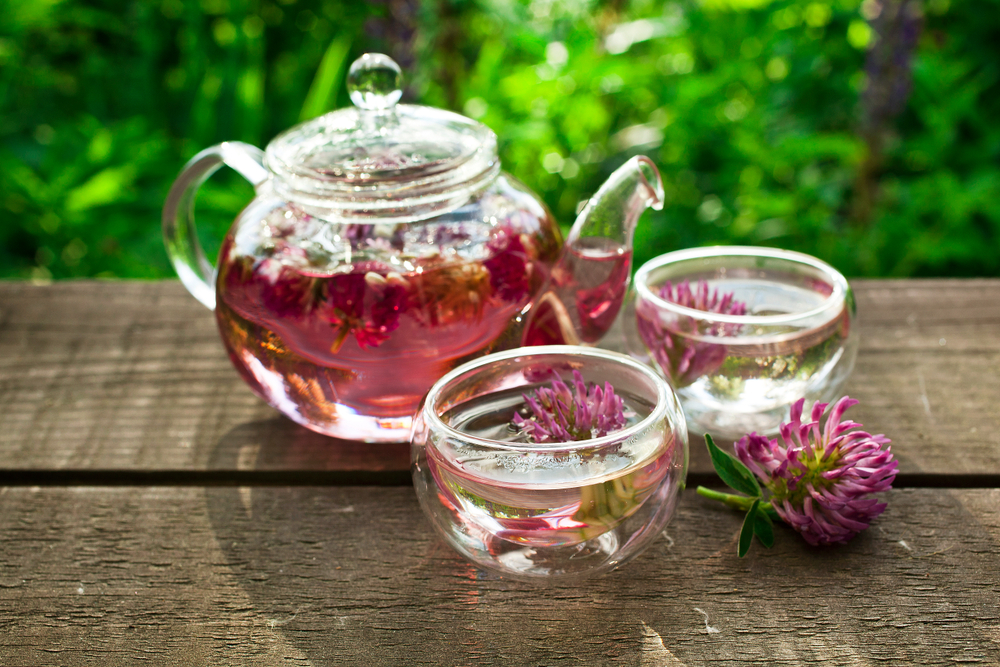
Clover flowers – both the red and white varieties – are another lawn plant that can be eaten (in moderation).
The red clover flowers are the most delicious. They are used in teas, syrups and a range of desserts.
30. Chickweed Flowers
Chickweed is not only edible for hens. You can eat the flowers, stems and leaves and they all have a taste not dissimilar to a crisp, mild lettuce.
The pretty little white, star-like flowers look lovely in a salad.
Read Next: 3 Common Garden Weeds To Harvest & Enjoy
Why Eat Edible Flowers?
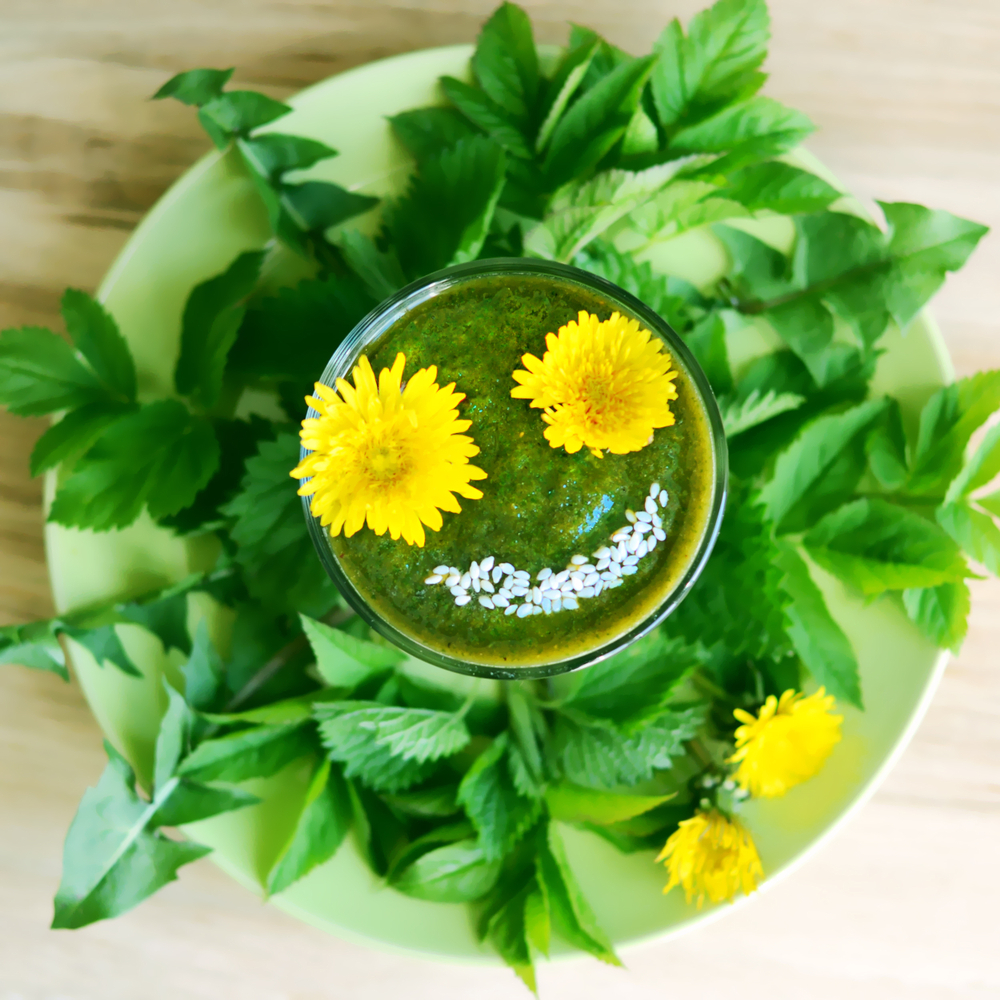
Eating edible flowers is a good idea for a number of reasons. First of all, it makes sense to make the most of all the things that you can eat from your garden.
Finding food everywhere it grows in your garden can make it easier to grow enough to feed yourself all year round.
What is more, eating flowers can provide you with different nutritional elements than other parts of plants. So eating flowers can be good for your health, and help keep you and your family happy and healthy.
The bright colours of blooms on your plate can also be a mood booster.
The cheery colours of edible flowers can make a change from the many shades of green that often make up the bulk of a salad.
Some people think that you can either have a beautiful, ornamental garden or grow food.
As you can easily see when looking at the list of edible flowers above you do not have to choose between aesthetics and practicality – you can have both.
So, if you do not do so already, you should definitely consider adding and eating some edible flowers where you live.
Pin This To Save For Later
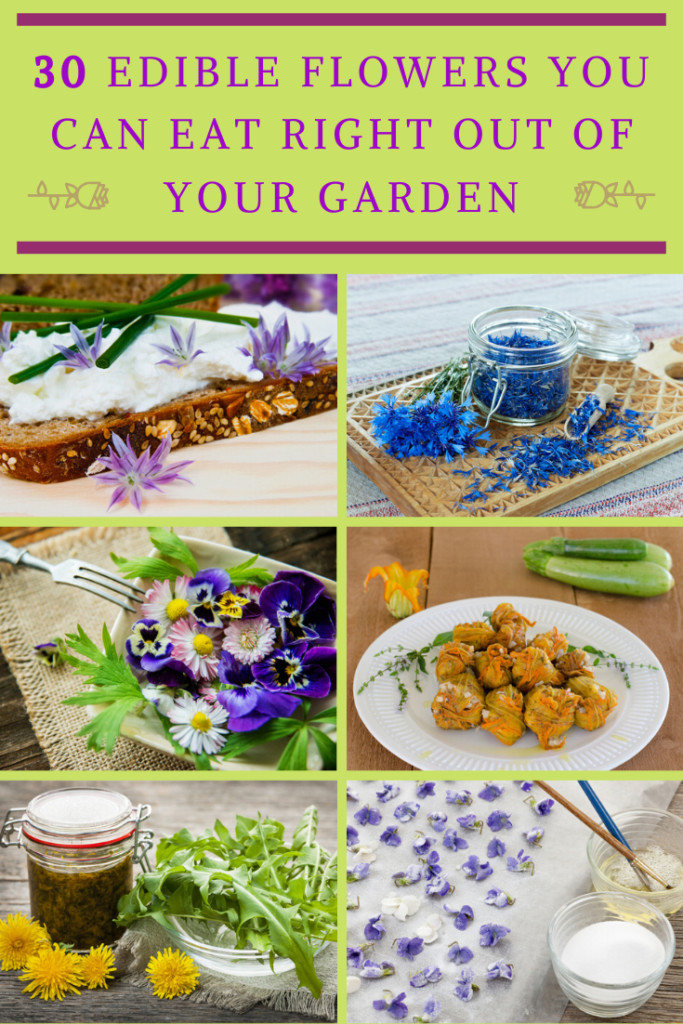

Get the famous Rural Sprout newsletter delivered to your inbox.
Join the 50,000+ gardeners who get timely gardening tutorials, tips and tasks delivered direct to their inbox.


